Land trusts have gained attention across the U.S. as a means to preserve affordable housing, but the Los Angeles Neighborhood Land Trust (LANLT) has a different focus: it hones in on access to parks and gardens. Yet parks can also be drivers of gentrification, and so Los Angeles County officials and green-space activists — including LANLT — have been conducting outreach to ensure that some of the county’s most vulnerable residents have a say in how parks are developed and renovated.
Participatory planning approaches are becoming more common, and Los Angeles — which, with a population of 9.8 million people, is more populous than 10 U.S. states — has made a significant effort to engage residents in park planning.
In the spring of 2015, the Los Angeles County Board of Supervisors approved a motion calling for a comprehensive needs assessment of the county’s parks and recreation facilities.
The County’s assessment found that more than half of Los Angeles County is “park poor” and 82 percent of the park-poor areas are located within communities of color. Recognizing these disparities, in 2016 voters in the county approved “Measure A,” a property tax which should produce approximately $94.5 million annually for parks and open space.
But finding the money is just the first step. “There’s more to park design than throwing in a few amenities,” says Tori Kjer, executive director of the Los Angeles Neighborhood Land Trust. She says that in the past, architects and designers would simply develop a park plan without consulting area residents about what they wanted or needed. “Pretty much everyone now, at least in LA, there’s a general understanding that you can’t show up with a pre-baked plan,” Kjer says.
One “pocket park” the LANLT developed using participatory methods, Golden Age Park in the Westlake neighborhood of Los Angeles, opened last weekend. The organization is also nearing completion of a skate park in Whittier.
“What we found is that those communities that have historically been underserved, they don’t have the best relationship with government, the best experience. So, there’s a certain level of distrust,” says Clement Lau, a planner with Los Angeles County Parks and Recreation. That’s why part of the process of conducting the parks needs assessment included the department recruiting community-based organizations, paying them a stipend to organize neighborhood meetings and gather resident input. Lau says people were more willing to participate in the consultation process when they were being contacted by organizations with community roots.
While Alessandro Rigolon, supports the efforts to include residents in the planning process, he places them within a larger historical context. Rigolon, a former Los Angeles resident, is now an assistant professor in the University of Utah´s Department of City and Metropolitan Planning.
“It´s going to take many years of struggle to achieve equity,” says Rigolon, explaining that available land is scarce in the Los Angeles area. “The historical moment of development — the 40s, the 50s, the 60s, the 70s — when the cities we see right now were built, more or less, were periods in which there were very little progressive ideas and, in fact, very much institutional racism in the way places were planned.”
As a result, Rigolon says, “privilege has been inscribed” in certain areas through property ownership. Efforts by the county and advocacy organizations aim to rectify this disparate access to green space.
Lau says the county has offered meals to people attending evening meetings in order to facilitate participation, while Kjer describes holding consultation meetings on sidewalks next to vacant lots. That strategy, she says, allows facilitators to connect not only with people who planned on attending but also to pull in passers-by. Both entities employed interpreters in languages such as Spanish, Armenian, Cantonese, and Korean.
Conducting a truly participatory consultation process, Kjer says, takes time, but is worth it. “The benefit is that the park or garden or the amenity you’re designing reflects the community. It has the things they are going to want to use,” Kjer tells Next City. She also noted that engaging residents around park planning has another benefit: People start to understand the public process. This knowledge helps empower people to get more involved with local government and issues.
Kjer says doing participatory design properly takes effort. “You don’t just get participatory feedback and you’re done.” On the contrary, she says, participatory design means facilitators have to engage residents throughout the design and construction processes. “So, by the time it’s done, it’s their park,” Kjer says.
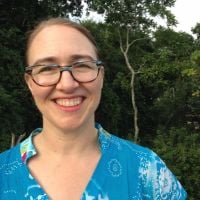
Zoe Sullivan is a multimedia journalist and visual artist with experience on the U.S. Gulf Coast, Argentina, Brazil, and Kenya. Her radio work has appeared on outlets such as BBC, Marketplace, Radio France International, Free Speech Radio News and DW. Her writing has appeared on outlets such as The Guardian, Al Jazeera America and The Crisis.
Follow Zoe .(JavaScript must be enabled to view this email address)

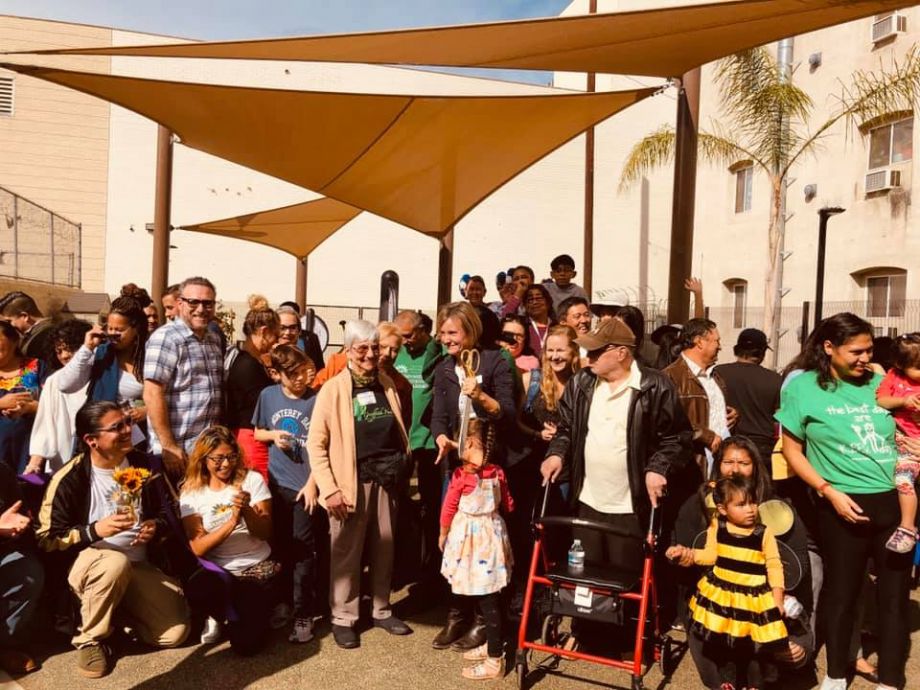

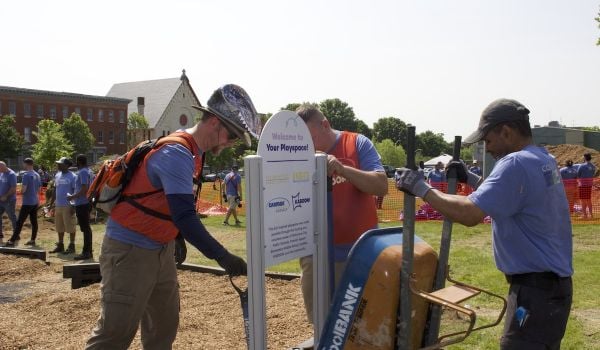
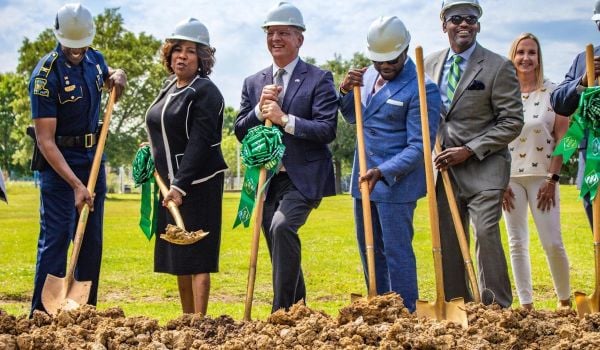
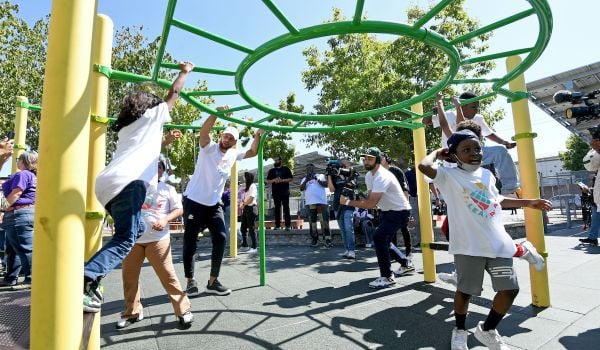

_920_518_600_350_80_s_c1.jpg)








